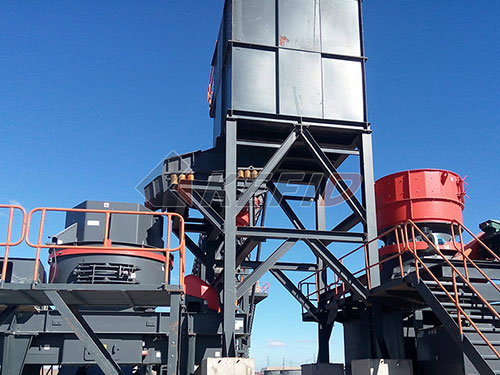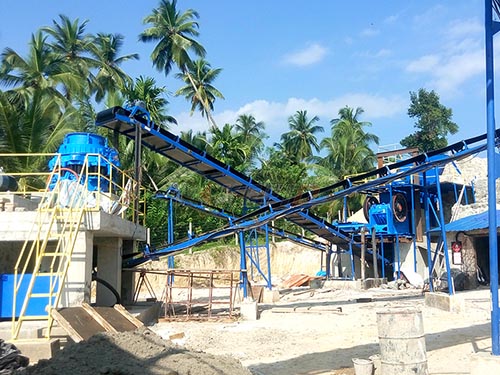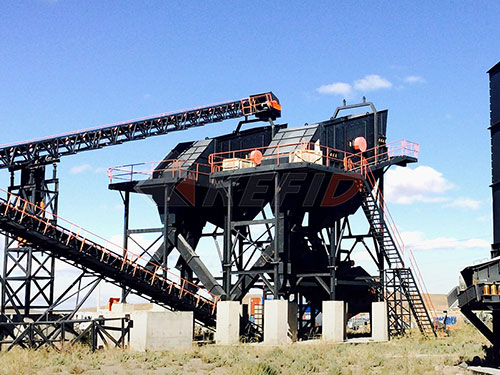Unlocking Value: A Practical Guide to Used Drum Crushers
For businesses generating significant volumes of empty steel or plastic drums – from manufacturers and chemical plants to automotive shops and recycling centers – managing this bulky waste stream is a constant operational challenge. Storing them consumes valuable space, transporting them intact is inefficient and costly, and disposal fees can quickly escalate. While new drum crushers offer a powerful solution, the substantial investment isn’t always feasible. This is where used drum crushers present a compelling opportunity for significant cost savings without compromising core functionality.
Why Consider a Used Drum Crusher?
The primary advantage is undeniable: cost reduction. Purchasing a pre-owned industrial drum crusher typically represents savings of 30-50% or more compared to the price of a brand-new equivalent model. This dramatically lowers the barrier to entry for businesses seeking to:
1. Reduce Storage Space: Crushing drums reduces their volume by up to 90%, transforming bulky empties into compact, stackable “pancakes.”
2. Cut Disposal Costs: Fewer hauls are needed as more crushed drums fit into each container or roll-off, directly lowering waste management expenses.
3. Enhance Safety: Eliminating sharp edges and reducing loose drums minimizes handling hazards and potential leaks from residual materials.

4. Improve Efficiency: Streamline waste handling processes, freeing up labor for more productive tasks.
5. Support Sustainability: Facilitates easier recycling of scrap metal (steel drums) or plastic regrind (plastic drums), contributing to environmental goals.
Considerations When Buying Used

Purchasing used industrial equipment requires diligence to ensure you get reliable performance and value:
1. Thorough Inspection is Paramount:
Structural Integrity: Examine the main frame, crushing chamber, and hydraulic cylinder mounts for cracks, excessive rust (especially structural), or significant bends/warping.
Hydraulic System: Check hoses for cracks, bulges, or leaks. Look for oil leaks around cylinders, pumps, valves, and reservoirs. Inspect the condition of the hydraulic fluid (if possible).
Ram & Crushing Plate: Assess wear on the crushing ram face and the base plate/door anvil. Significant deformation impacts effectiveness.
Electrical Components (if applicable): Inspect wiring condition, control panels for damage/corrosion, and ensure safety interlocks function correctly.
Overall Wear & Tear: G

Leave a Reply